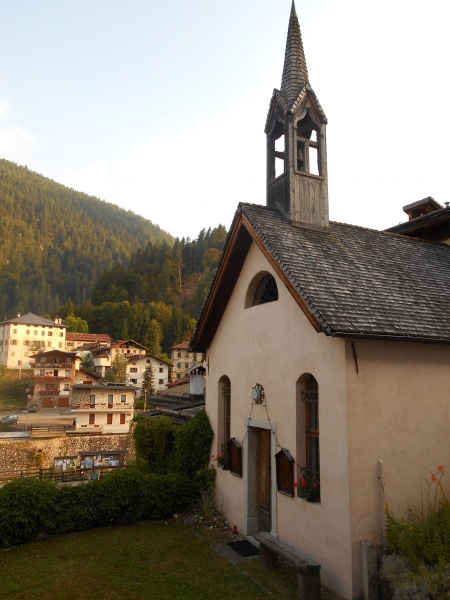Boroughs and towns
Surrounded by the mountains
The Val di Zoldo geographic area
Walking
Bike
Neve
Zoldobimbo
Culturattiva
Other activities
Climbing
Sleeping

















